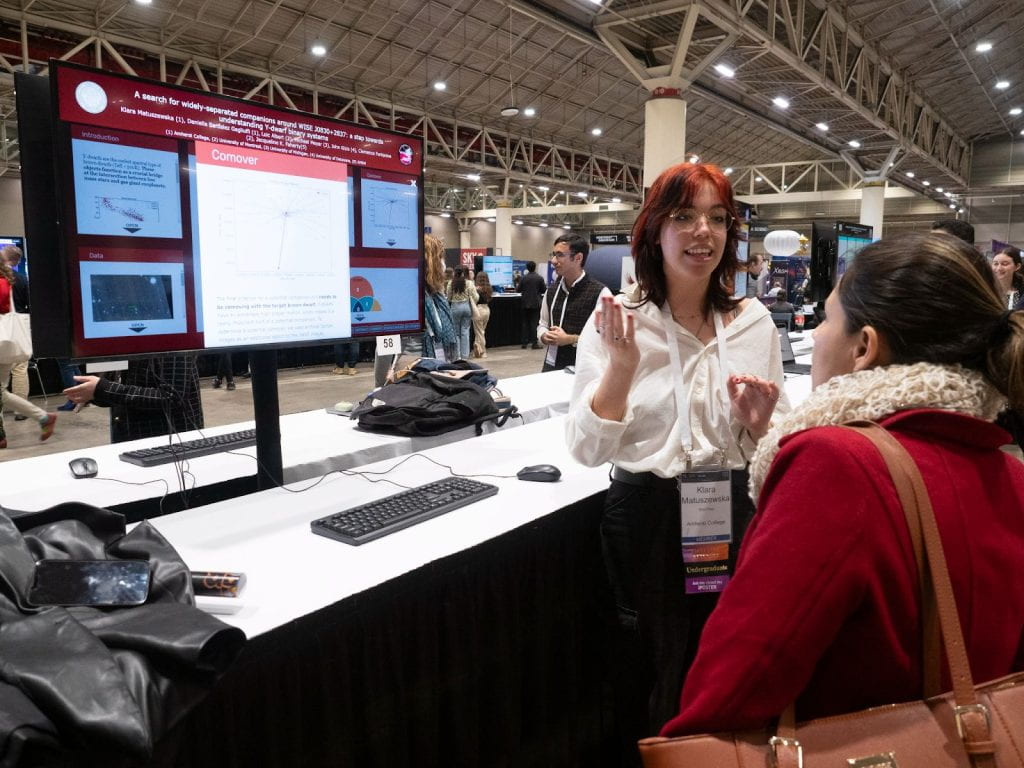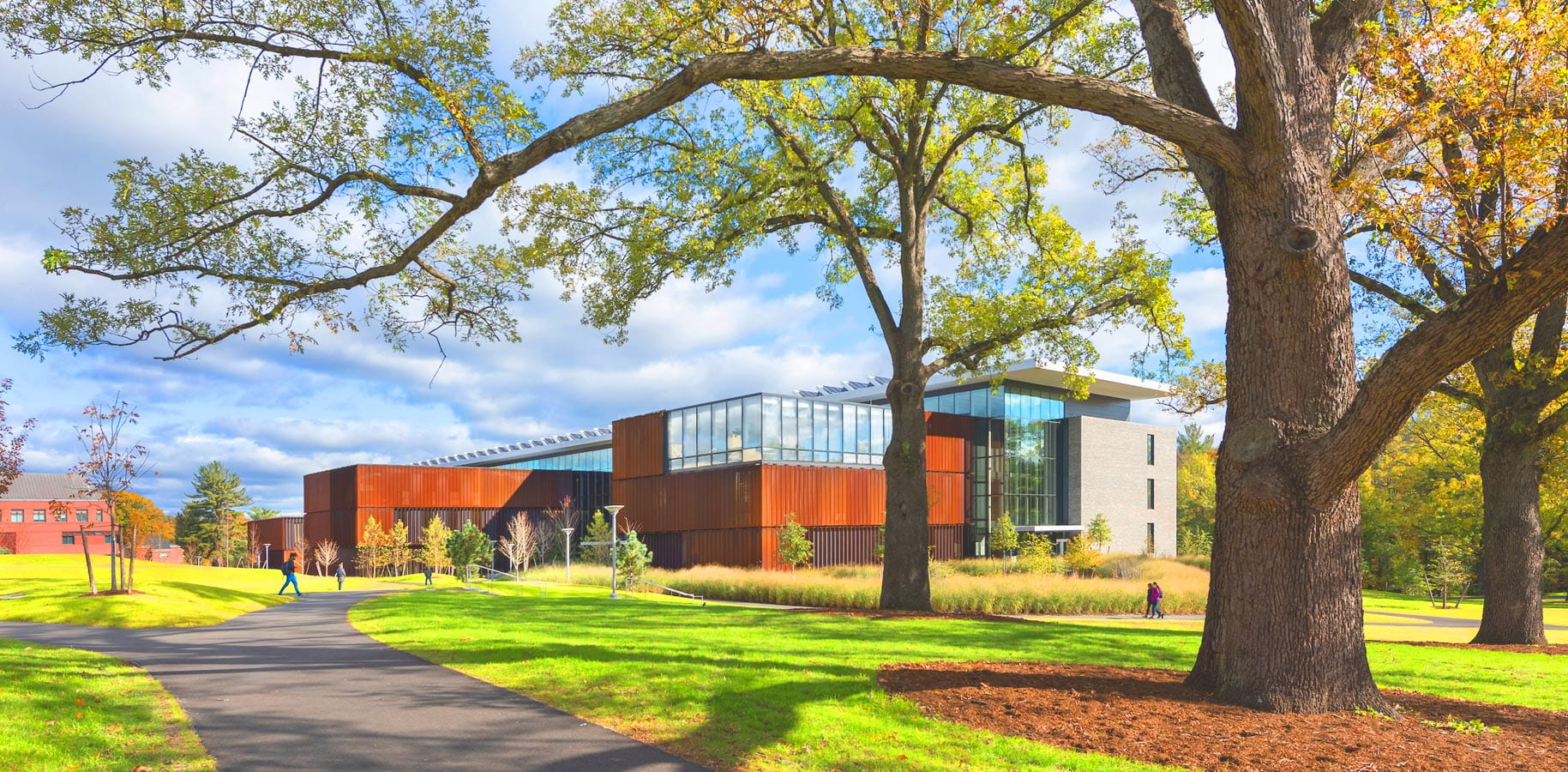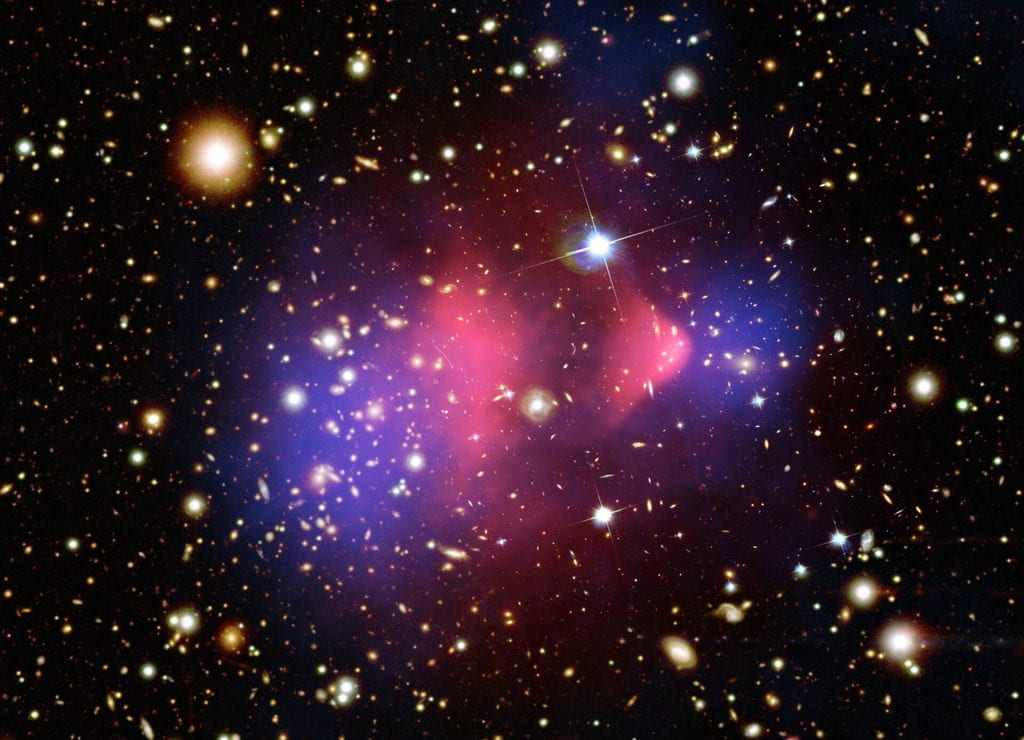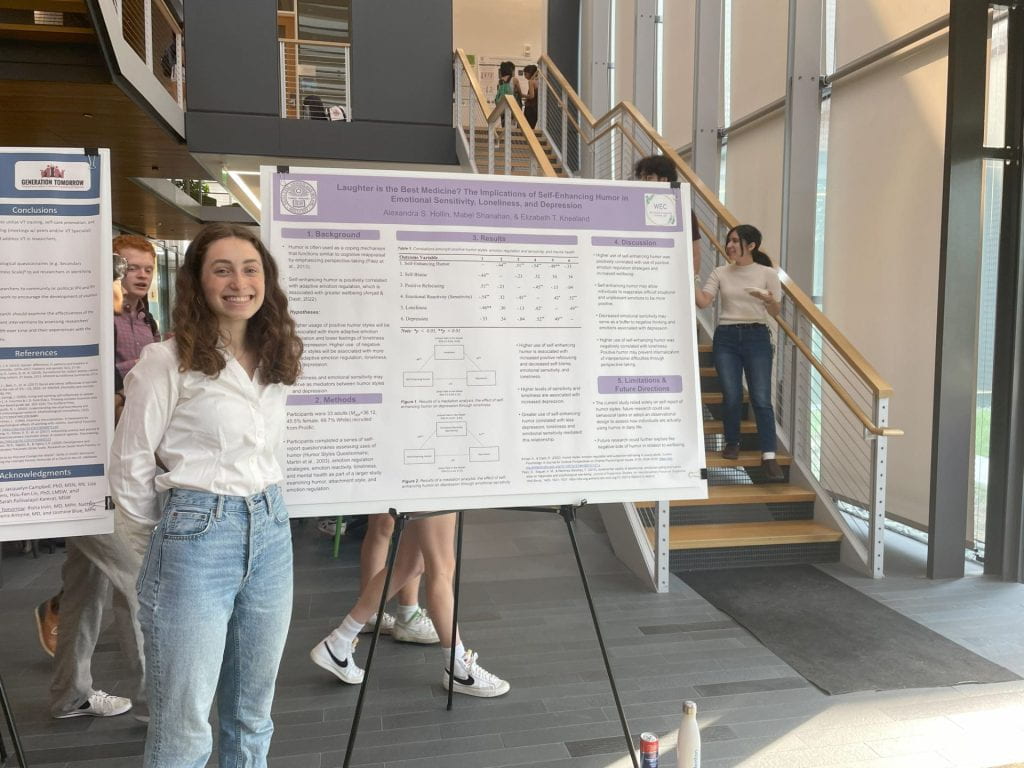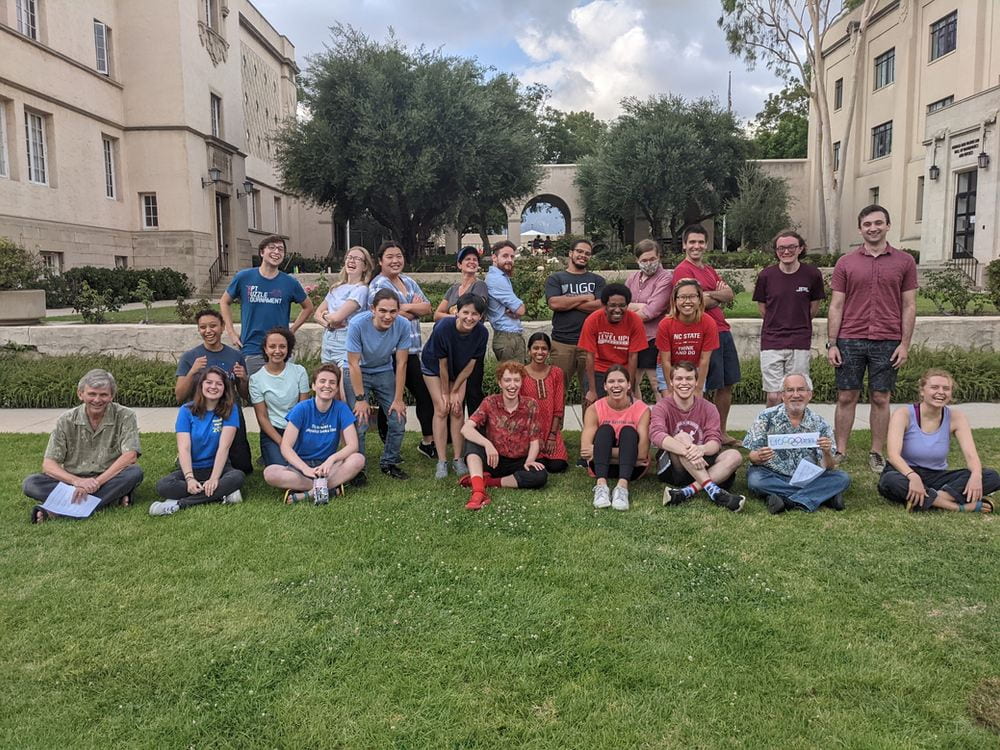By Ryogo Katahira Klara Matuszewska ’26 won a Chambliss Astronomy Achievement Student Award for 2024. The award is to “recognize exemplary research by undergraduate and graduate students” and is selected by the American Astronomical Society (AAS). Matuszekska is a physics and astronomy double major from Warsaw, Poland and works in Professor Daniella Bardalez Gagliuffi’s research…
Klara Matuszewska ’26 Wins at the Chambliss Astronomy Achievement Student Awards
